-
Van Waxes
10,00 lei
-
Hedera helix – Common ivy
35,00 lei
Crataegus (Hawthorn)
100,00 lei
The genus Crataegus, known as hawthorn, includes more than 200 species of shrubs or small trees, belonging to the Rosaceae family. They are native to temperate regions of Europe, Asia, and North America. Hawthorn is often found in the wild, in forests, on roadsides or in hilly areas, but it is also an ornamental plant valued for its flowers, fruits and foliage. DESCRIPTION BELOW ⬇️⬇️
Foliage:
Hawthorn leaves are small, simple, oval or rhomboidal in shape, and have lobed or serrated edges. They are arranged alternately on branches and have a dark green color in summer, and in autumn they take on shades of yellow and red.
Flowers:
Hawthorn flowers are usually white or pale pink and appear in late spring, in the months of May-June. They are grouped in umbelate or corymbiform inflorescences, having a slightly sweet smell. Each flower has five petals, and the center is filled with bright red stamens. The flowers are very attractive to pollinating insects, especially bees.
Fruit:
Hawthorn fruits are small drupes, usually spherical or slightly ellipsoid, known as “palci” or “yolks.” They can vary in color from red, yellow, to orange or even black, depending on the species. The fruits are edible and have a bittersweet taste. They are rich in vitamins, especially vitamin C, and are used in various medicinal and culinary preparations.
Care:
- Light: Hawthorn prefers exposure to full sun, but also tolerates semi-shade. For optimal flowering and fruiting, full exposure to the sun is indicated.
- Soil: It is a very adaptable plant that can grow in most types of soil, including poor or calcareous ones, provided they are well drained. It prefers slightly acidic or neutral soils.
- Watering: Once established, hawthorn is very resistant to drought, but it is important to be watered regularly in the first years after planting. Naturally, it grows well in moderately moist soils.
- Cutting: It does not require frequent pruning, but it can be shaped to stimulate compact growth or maintain a tidy shape. Pruning is usually carried out in spring or late winter.
- Resistance: It is a very cold-resistant plant, withstanding temperatures of up to -25°C. It is also tolerant of urban conditions, pollution, and wind.
Uses:
- Ornamental: Hawthorn is highly valued in landscape design due to its beautiful flowers, decorative fruits, and colorful autumn foliage. It is often planted in gardens and parks or used for hedges, providing both a decorative look and natural protection.
- Hedges: Due to its dense and thorny growth, hawthorn is often used to form natural hedges, which are effective in preventing unwanted animals or people from gaining access.
- Traditional medicine: Hawthorn has been known for centuries for its medicinal properties. Extracts from fruits, leaves, and flowers are used to treat heart conditions such as mild heart failure, high blood pressure, and circulation problems. It is considered a cardiac tonic due to its high content of antioxidants and flavonoids.
- Culinary: Hawthorn fruits are used to make jams, jellies or syrups, but also in folk medicine. They can also be eaten raw, although their taste is slightly bitter.
Biodiversity:
Hawthorn is an important species for the local ecosystem, providing food and shelter for numerous species of insects, birds, and small mammals. The flowers attract pollinators, and the fruits are an important food source for birds and other wildlife during the winter.
Conclusion:
Crataegus is a shrub or small tree that is very valuable both ornamentally and medicinally. It is resistant, easy to maintain and contributes to the enrichment of biodiversity in gardens and parks. It’s a great choice for those who want a plant that offers both eye-catching flowers and fruits with multiple uses.
You must be logged in to post a review.
Related products
Mimosa (Acacia dealbata) – A shrub with delicate and fragrant flowers
Mimosa or Acacia dealbata, also known as Silver Acacia, is a shrub or small tree native to Australia. It is appreciated for its yellow or pink-purple flowers that appear in early spring, being a symbol of spring and warm days. It is a decorative plant commonly found in parks, gardens and on roadsides, having an attractive appearance and a sweet aroma that attracts bees and pollinators. DEREGISTRATION CONTINUES BELOW ⬇️⬇️
Magnolia Heaven Scent, Galaxy and Sunsation – Three Exceptional Magnolias DEESCRIPTION CONTINUED BELOW ⬇️⬇️
Ilex crenata Bonsai – Miniature Elegance in Your Garden
Plant description
Ilex crenata, also known as ‘Japanese Holly’, is an evergreen shrub with dense, bright green foliage. Its small, rounded, boxwood-like leaves make it a popular choice for bonsai art. It blooms inconspicuously in spring, and in fall can produce small, decorative black fruits. DEREGISTRATION CONTINUES BELOW ⬇️⬇️
Berberis Thunbergii ‘Red Dream’ – A show of color for your garden
Appearance:
‘Red Dream’ is a spectacular variety of Berberis thunbergii, prized for its rich, deep red foliage that retains color throughout the growing season. In fall, the foliage takes on deeper shades, adding drama to the garden. Small, yellow flowers appear in spring and contrast beautifully with the foliage, followed by small, red fruits that persist on the branches until winter. DEREGISTRATION CONTINUES BELOW ⬇️⬇️
Berberis thunbergii – A versatile ornamental choice for your garden
Aspect:
Berberis thunbergii, also known as Japanese barberry, is a medium-sized ornamental shrub known for its leaves that vary in shape and colour from fresh green in spring to spectacular shades of red, orange or yellow in autumn. Small, yellow flowers appear in spring and are followed by small, red fruits that persist on the branches until winter, attracting birds. DEREGISTRATION CONTINUES BELOW ⬇️⬇️


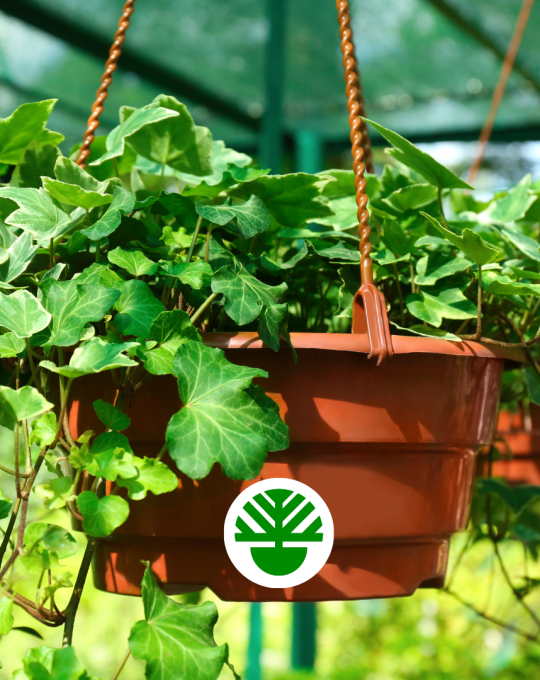
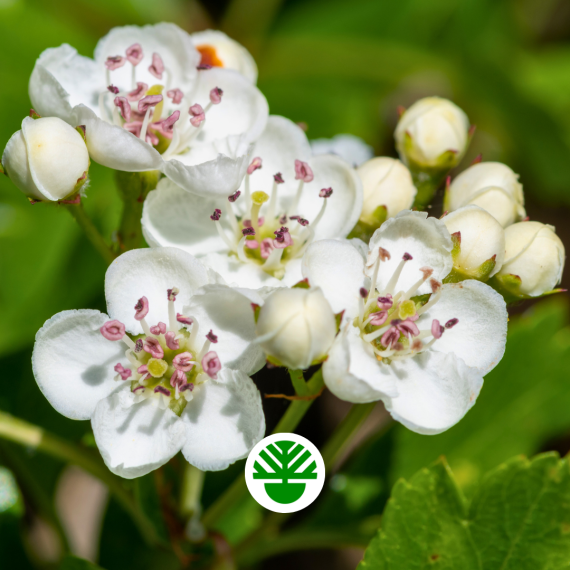
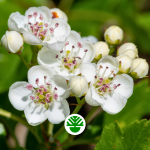
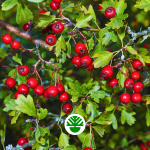
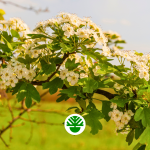
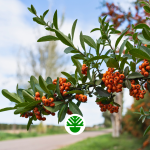









Reviews
There are no reviews yet.